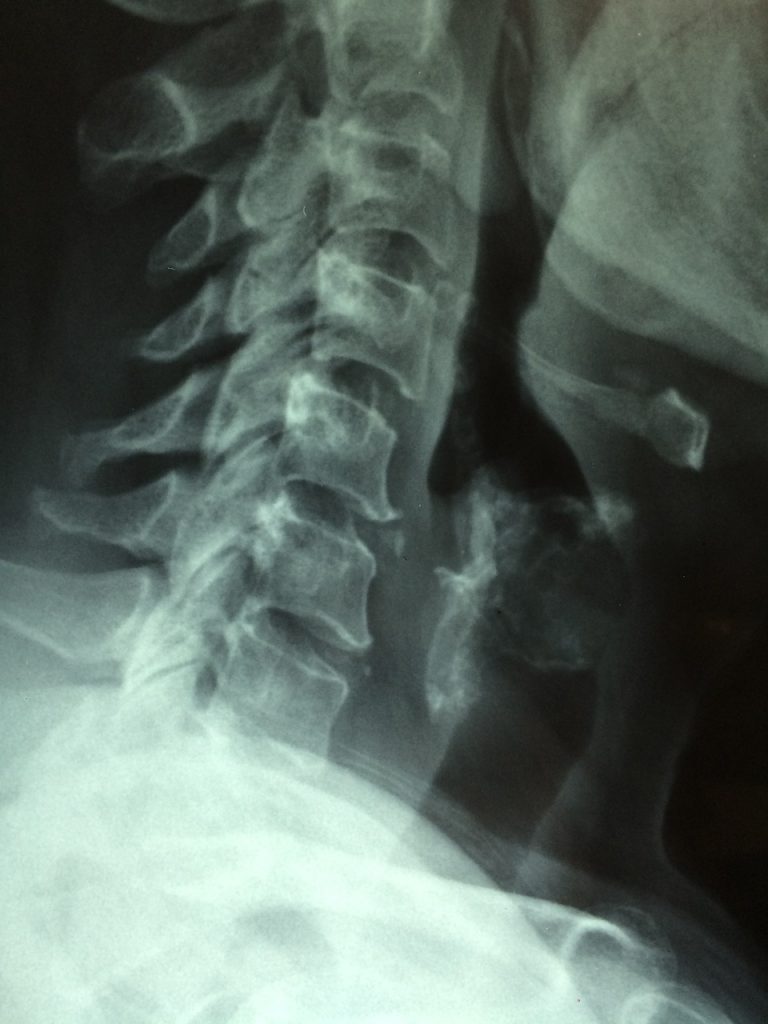The most common forms of broken bones are open, closed, displaced, and greenstick but there are other kinds that you need to be aware of as well.

Where And How Do Bones Break?
Bones generally break when too much pressure is applied to them or if they are maneuvered in a manner that they are not supposed to be. Common examples of situations that trigger broken bones include when people get into car accidents and slam their hands into the dashboard, fall off their bikes and land on their knees, or get tackled in sports and crush their legs. Here is a list of the most common types of bone breaks. Compare them to what you have suffered.
- OPEN FRACTURES: Also called compound fractures, open fractures occur when the bone actually pierces the skin.
- CLOSED FRACTURES: Also called simple fractures, closed fractures happen when the broken bone does not actually break through the skin.
- DISPLACED FRACTURES: In displaced fractures, the trauma of the incident not only leaves the affected bone broken but also moves it out of proper alignment. This complicates the healing process.
- NON-DISPLACED FRACTURES: In non-displaced fractures, the bones break but still maintain their proper alignment and that helps speed up the healing process.
- GREENSTICK FRACTURES: In greenstick fractures, the impacted bone partially cracks but does not completely break.
- COMMINUTED FRACTURES: Comminuted fractures leave the bone shattered into several pieces instead of a clean break with two parts.
- BOWING FRACTURES: This is actually a misnomer because bowing fractures merely bend the bone. They do not actually severe it. Also, they really only happen to children.
- BUCKLED FRACTURES: Buckled fractures occur when the ends of bones are smashed into one another.
- PATHOLOGIC FRACTURES: Rather than from a traumatic event, pathologic fractures happen over time when diseases weaken and eventually snap bones.
- STRESS FRACTURES: Hard to spot but easy to feel, stress fractures are hairline cracks within bones.
What Bones Are Broken The Most?
While it is helpful to understand how bones can break, it is also useful to learn what bones are most commonly broken so that you can be more careful to protect these ones as opposed to the hundreds of other bones in your body. The clavicle is one of the most commonly broken bone in the body. It’s also known as your collarbone. The long length of the collarbone leaves it prone to injury no matter if you are a child or adult. The other most common broken bones owe their breaks in large part due to their position and usage by humans: arms, wrists, ankles, toes, and feet. However, not only are these bones broken the most by people, they also have some of the biggest consequences if fractured because of their central role in human functioning. Thus, it is important to protect them from injury.
Do Different Kinds Of Bones Break Depending On Your Age?
Yes, the risks of breaking bones change as one ages. For instance, for younger Americans, the bone that they break the most is the wrist. However, for older Americans, the bone that they break the most is the hip. This shouldn’t be that surprising because age poses different kinds of risks. Kids face the danger of broken bones during childbirth that are wholly different from elderly residents of nursing home. The former can break their collarbones by being pulled too hard by a doctor but the latter might break their hips by falling out of a nursing home bed. Therefore, you need to be alert to different things as you get older to ensure that you don’t needlessly break any bones.
Think You Might Have A California Broken Bone Claim?
Jimmie Kang Law Firm works tirelessly to protect California residents from broken bone injuries. However, they often happen despite our best efforts. When they do, we are here to offer all the help that you need. Want to know what your case can recover? Contact our offices today! A member from the Jimmie Kang Law Firm can get to work immediately on your case.
Types of Fractures
- Ankle Fractures
- Jaw Fractures
- Pelvic Fractures
- Sternum Fracture
- Clavicle Fracture
- Arm Fractures
- Hip Fractures
- Lumbar & Cervical Fractures
- Skull Fracture
- Leg Fractures
Causes
- Motorcycle Injuries
- Bicycle Injuries
- Pedestrian Injuries
- Car Accidents
- Truck Accidents
- Premises Liability
Resources
- Broken Bone Accident FAQs
- Orthopedic Surgery Fractures
- Child Fractures
- Airport Slip & Falls
- Case Valuation
- Injury Information











